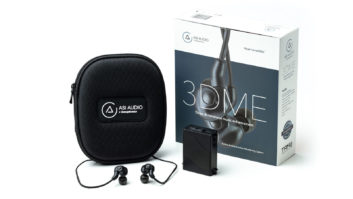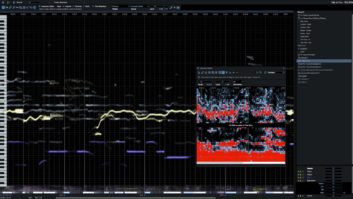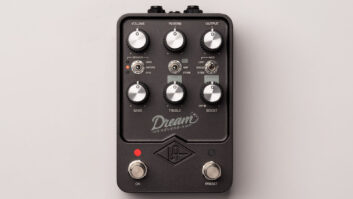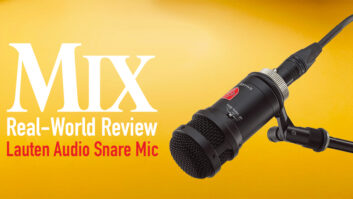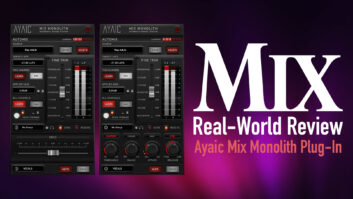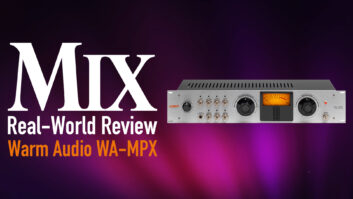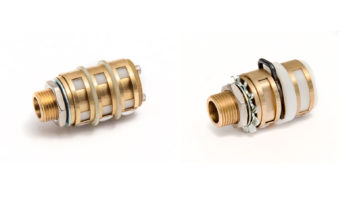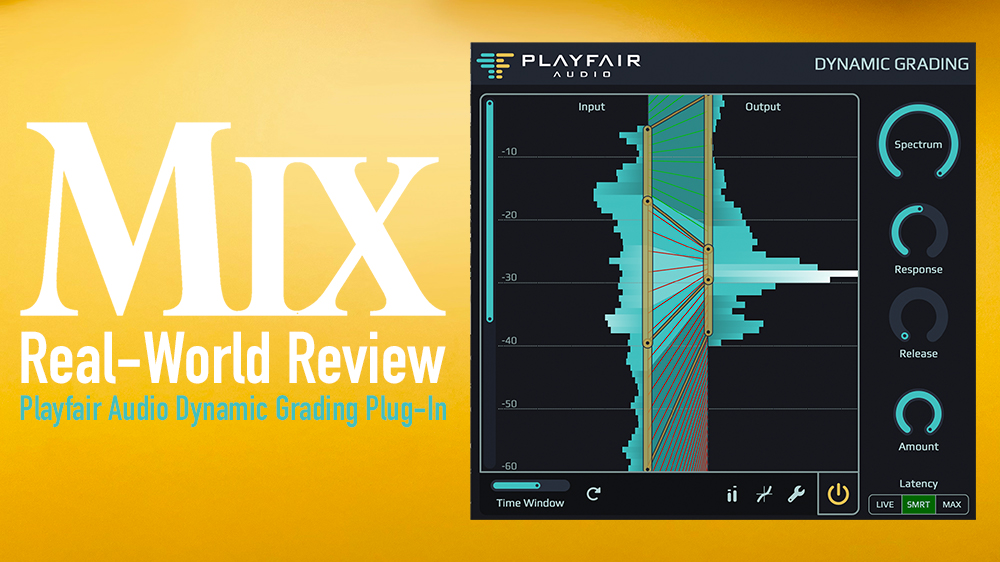
| MIX VERDICT: PLAYFAIR AUDIO DYNAMIC GRADING PLUG-IN |
| THE TAKEAWAY: “If you’re willing to put up with its current operational shortfalls, Dynamic Grading offers a lot of bang for your buck.” |
| COMPANY: Playfair Audio • www.playfair-audio.com PRICE: $149 PROS: • Transparent sound with judicious use, and crazy drum-room sound with deliberately injudicious use! • Treats up to three level ranges differently and at once. • Spectrum control optimizes processing for treble- and bass-heavy tracks. • Highly informative histograms. CONS: • Lacks auto-makeup gain, undo, redo and mix controls. • Omission of essential readouts hampers restoring previous settings. |
Lately, I’ve been digitizing photographs chronicling my mountaineering adventures in the Pacific Northwest—a story for a different time—and marveling at how complementary software allows me to gradate brightness dynamics (not simply adjust overall brightness level) in each scanned image.
Intriguingly, Playfair Audio’s recently introduced Dynamic Grading plug-in uses similar algorithms to compress and/or expand audio tracks. And get this: The plug-in lets you process three user-adjustable level ranges (for example, the noise floor, “body” and transients) differently and simultaneously on the same track! For all its power, operating the plug-in is a breeze: Drag a few controls in the GUI and you’re essentially done. It’s for this reason that Playfair trumpets that Dynamic Grading is a better mousetrap than traditional dynamics processors. In fact, using the plug-in is easier than explaining in text how to use it. My accompanying screen grabs are worth a thousand words, so check them out.
HISTO-WHAT?
In lieu of using LED or VU level meters to show I/O signal levels, Dynamic Grading’s default view uses mirror-image, dynamic histograms; the left-side histogram displays input levels, while the right displays output levels. Each histogram shows a horizontal bar for each decibel of perceived momentary loudness below full scale (0 dBFS) the plug-in registers within a given (user-adjustable) time frame. The more often a particular signal level occurs, the more its associated horizontal bar will extend to the left (input histogram) or right (output).
This tells you a lot at a glance. For example, a persistent cluster of greatly extended bars points to the levels at which the body of your track (not fleeting transients or fading reverb tails) resides, guiding you to compress the meat of your track (note sustains on guitars, vocals, etc.) without also whacking the transients (stick hits on drums) or making the noise floor louder.
The signal levels above and below which bars fail to appear demarcate the signal’s dynamic range. Furthermore, when a bar grows brighter, that indicates short-term loudness at the bar’s corresponding level. So, when that cool tom fill happens on your full mix and a bar lights up like blinking headlights, you can bet that tom fill was the instigator. On a sparsely played bass guitar track, bars will briefly light at successively lower levels as each note decays.
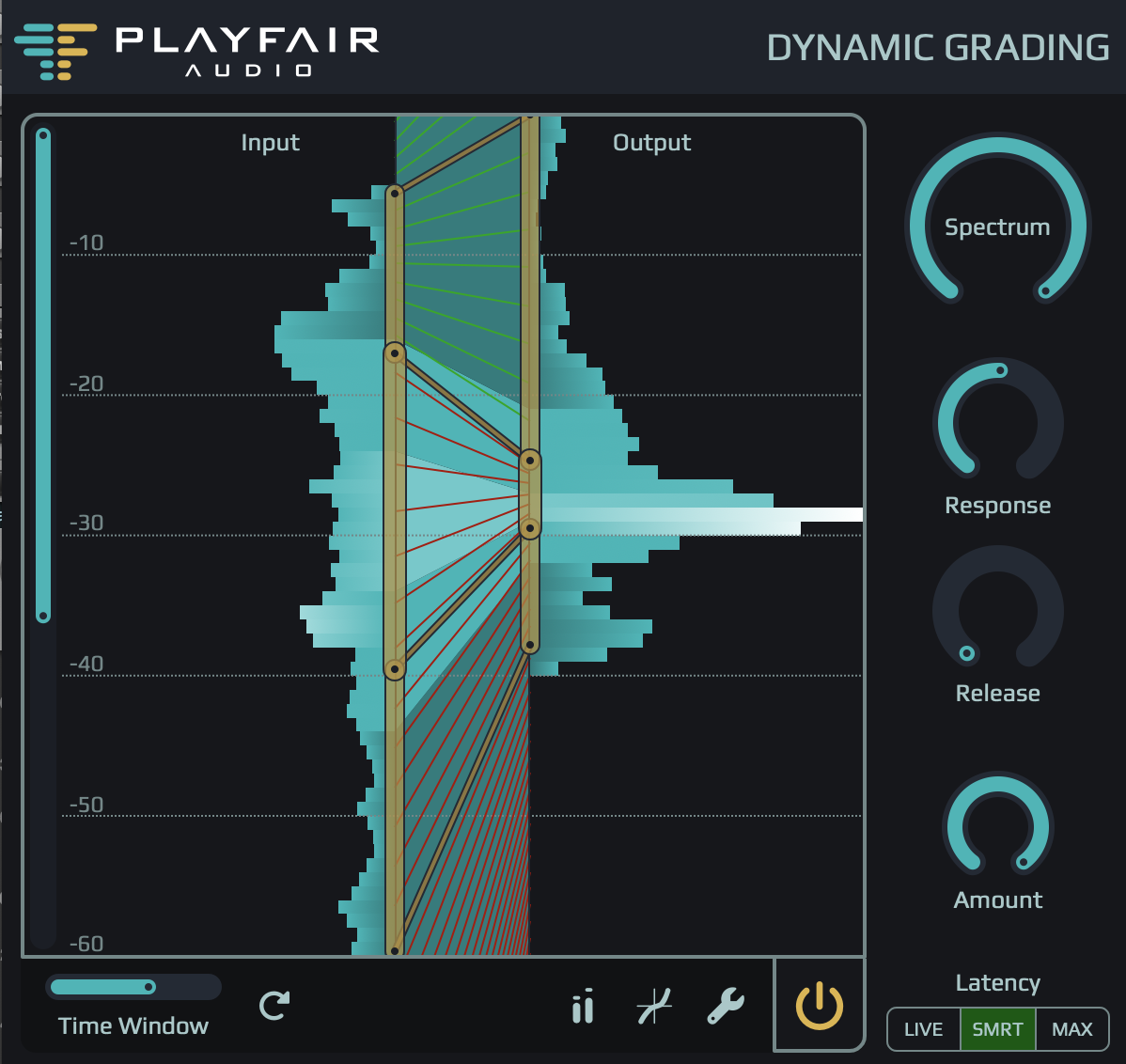
Two vertical, segmented gold bars adjoin their respective I/O histograms; each bar’s three segments (called handles in Playfair parlance) demarcate at what levels each range—punch (transients), body and floor—begins and ends.
When you first instantiate the plug-in, horizontal lines connect the vertical bars like rungs on a ladder at dots called reference points, located on each handle. Watch the input histogram while you play back your track, and drag those rungs up or down at their midpoints to mark the transition points between punch, body and floor on the gold input bar; identical ranges will initially be set for the gold output bar, indicating that no compression or expansion is yet taking place.
Here is where it gets interesting. Grab a rung very close to where it joins a target handle (a segment in the output bar)— don’t grab at the rung’s midpoint—and drag the rung up or down to lengthen or shorten the target handle’s height; shortening a target handle causes compression in the corresponding range, and extending it produces expansion.
(See screen grabs to more easily grok this.) The plug-in provides shortcuts to move all or several handles at once; for example, dragging the target handle for the body range up or down likewise moves the other ranges’ target handles, acting like an output-gain control. Most controls can be automated, although editing the generated data afterward in your DAW’s automation lanes can be knotty, as dragging one control in the GUI can change multiple internal parameters at once.
ON THE SPECTRUM
Dynamic Grading offers additional rotary controls for power users. To optimize the dynamic response of the plug-in, turn the Spectrum control away from its noon position: counterclockwise for treble-heavy source material (aka, white spectrum, which is what most traditional compressors are set up for), or clockwise for bass-heavy content. Raising the Response control increases the time it takes for the dynamics processors (and histograms) to react, while boosting the Release control increases the signal’s recovery time.
The Amount control lowers the overall degree of processing down from 100% (to as low as 0%), precluding your need to moderate multiple control settings if you find you’ve gone overboard in your processing zeal. You can overlay traditional peak/RMS meters and a display showing the plug-in’s gain curve in the GUI to satisfy your old-school leanings. The GUI’s size can be changed in seven steps, from 50% to 200% of the default.
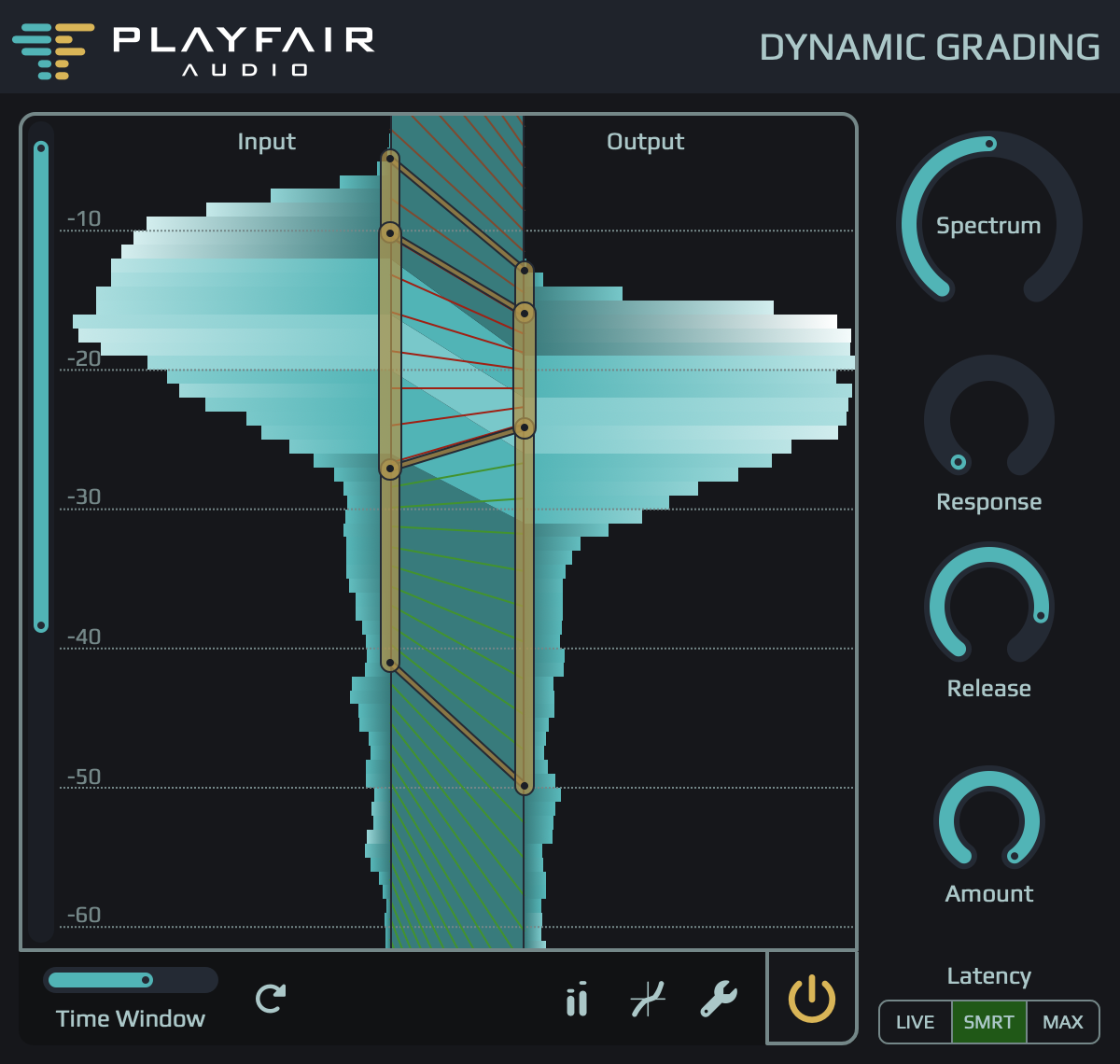
What’s missing? For one, automatic makeup gain (preferably bypassable). Lacking this, you must repeatedly adjust the target handle in the body range—thereby adjusting output gain—in order to make A/B comparisons between the plug-in’s processed signal and bypassed state at equal loudness levels. (Playfair maintains that, because of the way Dynamic Grading’s engine works, auto-makeup gain is “basically impossible to implement” accurately without making the processing program-dependent.) The lack of undo and redo controls is especially problematic considering there are no numeric readouts for output reference points (the points you drag the rungs to), making restoring a previous setting an inexact exercise.
(The company is planning to add these particular readouts and undo and redo controls in a future update.) I’d also like to see a mix knob for blending dry and processed signals, creating parallel compression.
MAKING THE GRADE
My favorite application for Dynamic Grading was using it to slam tracks for drum room mics. Expanding the punch range accentuated the kick and snare transients, while compressing the body and floor exploded the room reverberation. Furthermore, I could get two very different sounds by alternately cranking the Spectrum control fully counterclockwise and clockwise.
The extreme counterclockwise setting yielded the expected Collinsian “In the Air Tonight” drum sound. The clockwise setting (see first screen grab) totally warped my head, producing a pulsating, Beatles-esque, quasi-backward room reverberation reminiscent of a tape recording being played in reverse— awesome! My only (considerable) criticism was that the bottom end was dramatically thinned, greatly reducing the kick drum’s heft.
LANDR Mastering Plug-in – A Mix Real-World Review
Dynamic Grading also did a great job leveling a male lead vocal so that it sat nicely in a dense rock mix. Compressing both the punch and body ranges at once kept vocal consonants from popping out and smoothed RMS-level fluctuations to make the vocal sound consistently present amid an onslaught of electric guitars, bass and drums.
Dynamic Grading would not be my first choice for use on a mix bus. While I found the sound quality—with judicious use—to be laudably transparent, the lack of numeric readouts for target reference points, and missing undo and redo controls, made it difficult for me to compare my alternate settings with the finesse required to arrive with confidence at the optimal balance of density and transparency.
NEEDS FURTHER DEVELOPMENT
Dynamic Grading is capable of getting great results, but its omission of several standard utility controls and certain readouts means it’s going to require extra work for you to get there.
Still, for only $149, you essentially get a transient designer, compressor, noise suppressor (downward expander) and more in one plug-in. If you’re willing to put up with its current operational shortfalls, Dynamic Grading offers a lot of bang for your buck.
